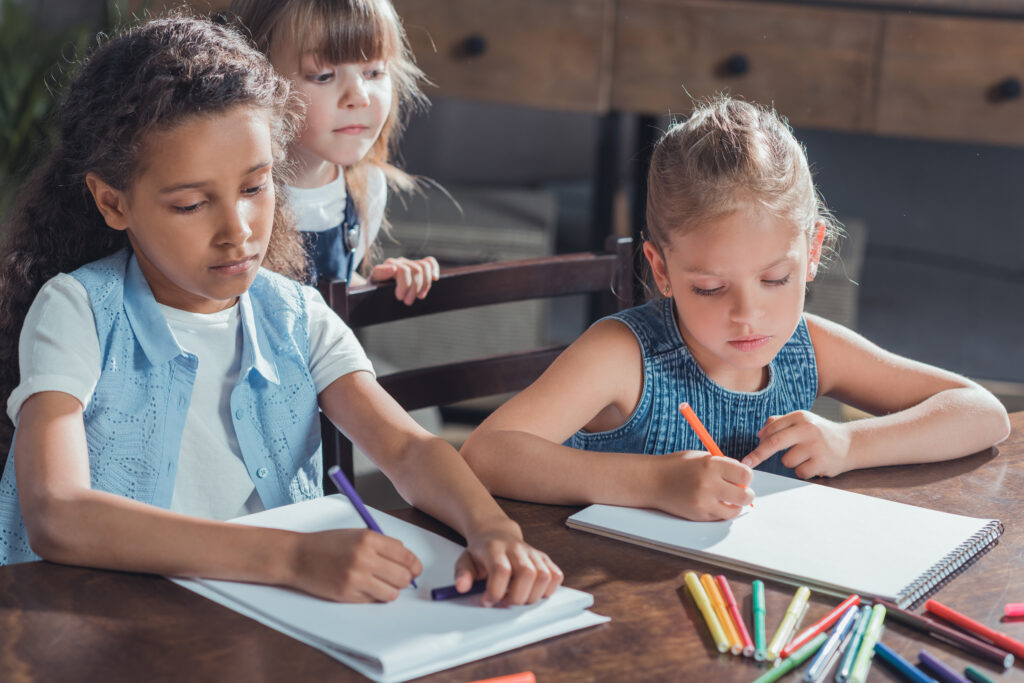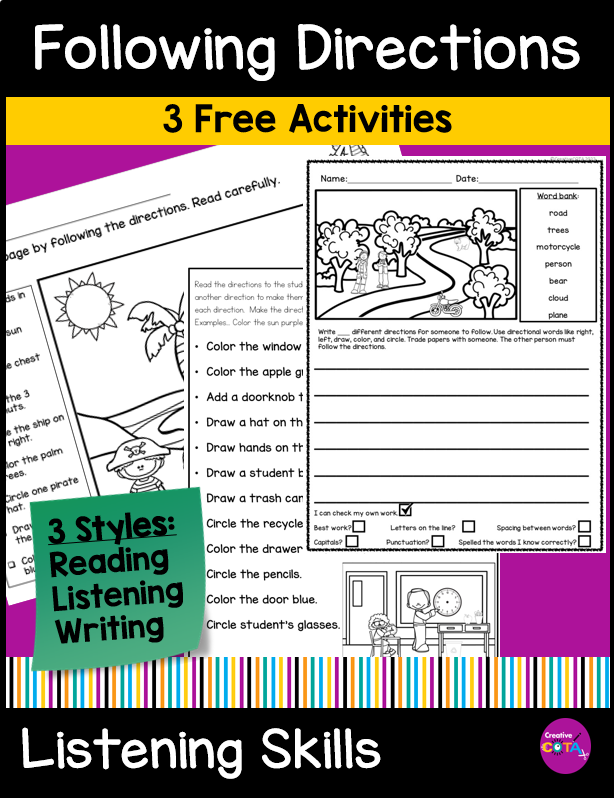
Are your students struggling with handwriting challenges, particularly when it comes to spacing between letters and words? As an educator or occupational therapist, you understand the importance of cultivating strong spatial awareness and promoting proper finger spacing. The “Occupational Therapy Handwriting Practice for Spacing Between Letters and Words” resource is here to be your ally in transforming these struggles into victories.

Why Focus on Spatial Awareness?
Spatial awareness is a fundamental skill that influences various aspects of a child’s development, including handwriting. Some students may struggle with spacing between words until they develop a better understanding of their body in space. This resource addresses this issue head-on, offering engaging activities to enhance spatial awareness and refine spatial skills.
Engaging “Body in Space” Activities
The resource provides a list of activities designed to engage students in understanding their body’s movement in space. These activities serve as a foundation for developing spatial awareness, a crucial skill for successful handwriting.
Mastering Finger Spacing
One of the key features of this resource is its focus on mastering finger spacing, a critical element in improving handwriting. With eight writing worksheets, students have the opportunity to practice copying sentences and decoding them by correctly placing spaces. This interactive approach makes learning fun and effective.
Interactive Editing Practice
Transform your classroom into a collaborative space for learning and improvement. Begin with sentences featuring incorrect spacing, encouraging students to read, discuss challenges, and edit collaboratively. Students can then create their sentences, applying the editing skills they’ve acquired.
Comprehensive Resource Contents:
- List of engaging “body in space” activities
- Eight writing worksheets with sentences for copying and decoding
- Sentence strips for matching correct and edited sentences
- Twelve sentence card sets for sorting and emphasizing spacing
- Sorting worksheet for reinforcing proper spacing practices
Occupational Therapy Tips for Success:
Using short tools like broken crayons and pencils to promote a fingertip grasp during coloring, drawing, and writing activities, aligns with occupational therapy best practices.
Conclusion: Elevate Handwriting with Purposeful Practice
Check out the “Occupational Therapy Handwriting Practice for Spacing Between Letters and Words” resource to make handwriting practice purposeful and engaging. By addressing spatial awareness and finger spacing, this resource empowers both educators and occupational therapists to guide students toward handwriting success. Transform challenges into triumphs and witness the growth of spatial skills in your students today.
About the Author
I am a Certified Occupational Therapy Assistant (COTA) and have been working in a public school system for more than 25 years. My resources can be found on TPT, BOOM Learning, Made by Teachers, Classful, and Your Therapy Source. I appreciate your interest wherever you wish to shop.
My mission is to help you find creative ideas to incorporate fine motor, visual perception, gross motor, and social-emotional learning into your lessons.
I hope you consider signing up for my Free Resource Library with your Email. I send out emails about once a week and share resources, tips, and planning ideas for your classroom or occupational therapy needs. Hopefully, these help your students work on building their skills in a fun and engaging way.






